A – Z Of Cryptocurrency: Guide for anyone to get started & familiar with Cryptocurrencies!

The first half of 2017 has witnessed a massive surge of interest into the cryptocurrency world. Coin prices skyrocketing, market caps exploding and new money pouring in from both the corporate world and individuals seeking to invest.
This post is dedicated to all; both newbies and veterans alike. Here is a summarized list of terms related to Cryptocurrencies (crypto) arranged in an Alphabetical order to help you get familiar. These terms relate to Coins, Exchanges etc. Won’t it be great to be able to answer just about any question or understand what you have invested in a bit more? Some of us are guilty of throwing money into certain things without adequate research and comprehension of what we have gotten ourselves into. ‘Knowledge is power they say’
All for learning and fun, others can chip in. No knowledge is a waste. Hopefully this post rekindles your interest in finding out more about this brave new Crypto-world.
PS: Not all names, terms etc. will be here. Thanks.
A for Ardor: Is a blockchain-as-a-service platform that will allow people to utilize the blockchain technology of Nxt (Crypto) through the use of child chains.
Notable mentions: AltCoin, ATH (All time high), Aragon (Crypto), Ark, Augur, Antshares
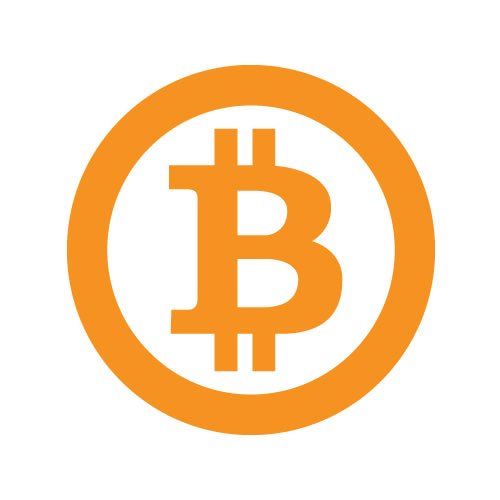
B for Bitcoin: Think of it as the father of all Cryptocurrencies. Bitcoin is a cryptocurrency and a digital payment system invented by an unknown programmer, or a group of programmers, under the name Satoshi Nakamoto. It was released as open-source software in 2009. No one controls it. Bitcoins aren’t printed, like dollars or euros.
The system is peer-to-peer, and transactions take place between users directly, without an intermediary. These transactions are verified by network nodes and recorded in a public distributed ledger called a blockchain. Since the system works without a central repository or single administrator, Bitcoin is called the first decentralized digital currency.
Besides being created as a reward for mining, Bitcoin can be exchanged for other currencies, products, and services in legal or black markets.
Notable mentions: BlockChain, Bytecoin (Crypto), Bitshares
C for Cryptocurrency: Is a digital currency in which encryption techniques are used to regulate the generation of units of currency and verify the transfer of funds, operating independently of a central bank.
Notable mentions: Coinbase (Exchange), Confirmations, CoinMarketCap (Website)
D for Dash: (formerly known as Darkcoin and XCoin) is an open source peer-to-peer cryptocurrency that offers all the same features as Bitcoin but also has advanced capabilities, including instant transactions (InstantSend), private transactions (PrivateSend), and decentralized governance (DGBB). Dash's decentralized governance and budgeting system makes it the first decentralized autonomous organization.
Notable mentions: Digibyte (Crypto), Dump, Double-Spend, Dogecoin (Crypto)
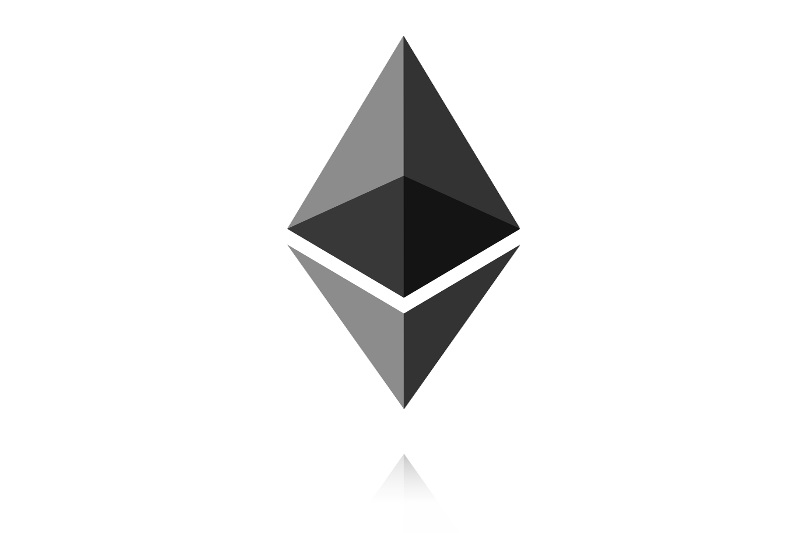
E for Ethereum: Ethereum is an open-source, public, blockchain-based distributed computing platform featuring smart contract (scripting) functionality, which facilitates online contractual agreements. Ethereum also provides a cryptocurrency token called "ether", which can be transferred between accounts and used to compensate participant nodes for computations performed. Gas, an internal transaction pricing mechanism, is used to mitigate spam and allocate resources on the network
Notable mentions: Ether, Expanse, Ethereum Classic (Crypto), Edgeless
F for for Fork: A fork is what happens when a blockchain diverges into two potential paths forward — either with regard to a network’s transaction history or a new rule in deciding what makes a transaction valid.
Notable mentions: Factom (Crypto), Feathercoin, FantomCoin
G for Golem: Golem is a global, open sourced, decentralized supercomputer that anyone can access. It's made up of the combined power of user's machines, from personal laptops to entire datacenters. Anyone will be able to use Golem to compute (almost) any program you can think of, from rendering to research to running websites, in a completely decentralized & inexpensive way.
Notable mentions: Gridcoin (Crypto), Gatehub, Gemini, Gulden
H for Hash Rate: The hash rate of a cryptocurrency is a measure of how many proof of work calculations are being performed by all the miners participating in the network. It is measured in terms of hashes per second, but because such as large number of these calculations are performed it is more usual to see values in larger units such as Gigahashes per second (GHS) or Terrahashes per second (THS).
Notable mentions: HODL (Very important), Hard-Fork, HitCoin
I for ICO: An unregulated means by which funds are raised for a new cryptocurrency venture. An Initial Coin Offering (ICO) is used by startups to bypass the rigorous and regulated capital-raising process required by venture capitalists or banks. In an ICO campaign, a percentage of the cryptocurrency is sold to early backers of the project in exchange for legal tender or other cryptocurrencies, but usually for Bitcoin and Ethereum. This crowd funding techniques is also called an Initial Public Coin Offering (IPCO).
Notable mentions: Iconomi (Crypto), IOTA
J for Jaxx: A cool wallet that exists on numerous platforms ranging from IOS, Windows to Android, Linux etc. Recently experienced a vulnerability issue.
Notable mention: Jewels (Crypto)
K for Kraken: Kraken is a prominent Bitcoin exchange operating in Canada, the EU, Japan, and the US, and "the world's largest Bitcoin exchange in euro volume and liquidity". It currently has oversight of Mt. Gox claims for lost Bitcoins
Notable mentions: Komodo (Crypto), Korbit

L for Litecoin:(LTC) is a peer-to-peer cryptocurrency and open source software project released under the MIT/X11 license. Creation and transfer of coins is based on an open source protocol and is not managed by any central authority. While inspired by, and in most regards technically nearly identical to Bitcoin (BTC), Litecoin has some technical improvements over Bitcoin, and most other major cryptocurrencies, such as the adoption of Segregated Witness (SegWit), and the Lightning Network.
Notable mentions: Lisk (Crypto), Lykke
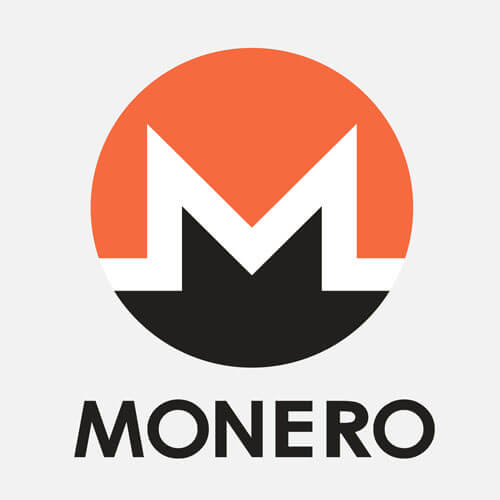
M for Monero: Is an open-source, privacy-oriented cryptocurrency that was launched in April 2014. The developers involved introduced this innovative cryptocurrency without setting aside any for themselves, and the team has relied on donations and the broader community to further development. While Monero users have the ability to keep their transaction history private, they can also share this information selectively. Every Monero account has a view key, which permits anyone holding it to look at the account's transactions.
Notable mentions: Mt.Gox (Defunct Exchange), Mining, Melon (Crypto)
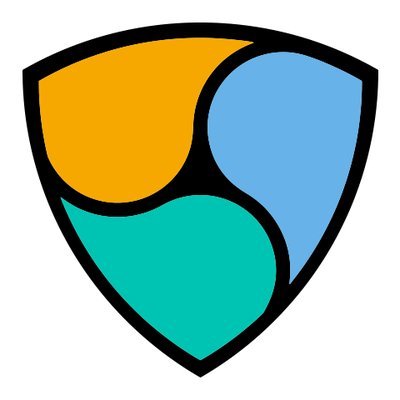
N for NEM: NEM is a peer-to-peer cryptocurrency and blockchain platform launched on March 31, 2015. Written in Java, with a C++ version in the works, NEM has a stated goal of a wide distribution model and has introduced new features to blockchain technology such as its proof-of-importance (POI) algorithm, multisignature accounts, encrypted messaging, and an Eigentrust++ reputation system. The NEM blockchain software is used in a commercial blockchain called Mijin, which is being tested by financial institutions and private companies in Japan and internationally.
Notable mentions: NXT (Crypto), Novacoin, NuBits
O for Omni: Omni (formerly Mastercoin) is a digital currency and communications protocol built on the bitcoin blockchain. It is one of several efforts to enable complex financial functions in a cryptocurrency. Features include the development of a decentralized exchange and the implementation of smart property and savings wallets. Omnicoin is an experiment in the creation, implementation, and integration of a cryptocurrency with MyBB community software in mind.
P for Private Key: This acts like a kind of secure password which the account owner can use to prove ownership of a public address and therefore spend the coins which it holds, while the public key acts like an address which other people can use to send coins to that account, whilst the private key These two keys are linked together mathematically, by a one-way algorithm. There are many different algorithms used in cryptocurrency today; Bitcoin and many others use an algorithm called SHA-256.
Notable mentions: Paper-wallet, Pivx (Crypto), Pump,POSV (Proof of Stake Velocity), Public Key, Poloniex (Exchange), Ponzi (Be wary)
Q for Quantum Resistant Ledger: QRL is The Quantum Resistant Ledger (QRL) project is a public blockchain ledger which is designed from the outset to be resistant to both classical and quantum computing attack. It uses a different system of cryptography to Bitcoin (and all other altcoins) known as hash-based digital signatures which are quantum-resistant.
The ledger experiments with quantum-resistant signatures whilst providing an ultra-secure backup store of value in the event of a sudden advance in quantum computing (rendering bitcoin, ethereum etc vulnerable to attack). The aim of the chain is to offer a low volume of ultra-secure transactions in the first iteration with guaranteed longevity.
Notable mentions: Quantum, Quark (Crypto), QuazarCoin

R for Reddcoin: Reddcoin is a social currency that enriches people’s social lives and makes digital currency easy for the general public. Reddcoin achieves this by integrating a digital currency platform seamlessly with all major social networks to make the process of sending and receiving money fun and rewarding for everyone. Reddcoin decentralized Tip Platform allows people to seamlessly send & receive digital currency on Social Networks to anyone in the world & to support content creators through micro-donations. Similar to the concept of Steem and the Steemit platform as it targets a social-media niche, its operation differs.
Notable mentions: Rubycoin (Crypto), Radium

S for Steemit: Steemit is a social news service which runs a blogging and social networking website on top of a blockchain database, known as Steem. The brain-child of Daniel Larimer, founder of BitShares, and Ned Scott, a former financial analyst, Steemit aims to provide a place for individuals to create content, promote the content they believe is good and comment on stories; all while earning money.
But Steemit is more than just a website for earning spare change.
It’s an actual blockchain built on a piece of technology developed by Larimer called Graphene, which allows for the deployment of application-specific blockchains. It is revolutionary and changes the way social-media operates. You get rewarded for posting great content. I see it catching up and possibly surpassing giants such as Reddit, Facebook etc.
Notable mentions: Satoshi, Siacoin, Smart-Contracts, ShapeShift, Syscoin, Stratis
T for Trezor: This is basically a small computer. It is designed to protect your private keys from possible online and offline risks. In order to do this, TREZOR keeps the private keys away from the Internet and confirms the transactions in-device. That way you can always check the screen for the right address, amount and transaction fee before sending your Bitcoins.
In layman's terms you can connect TREZOR to an infected computer and still be able to have 100% control over the funds in your device.
Notable mentions: Tether, Terracoin (Crypto)
U for Ubiq: Ubiq is a decentralized platform which allows the creation and implementation of smart contracts and decentralized applications. Built upon an improved Ethereum codebase, the Ubiq blockchain acts as a large globally distributed ledger and supercomputer, allowing developers to create decentralized and automated solutions to thousands of tasks which today are carried out by third party intermediaries.
V for Verge: (XVG) is a decentralized currency designed for users who value privacy. It improves upon the original Bitcoin blockchain by using multiple anonymity-centric networks such as Tor and i2p. It utilizes multi-algorithm mining support to improve security and provide equal distribution of coins to miners.
Notable mentions: Voxels, Vertcoin (Crypto)
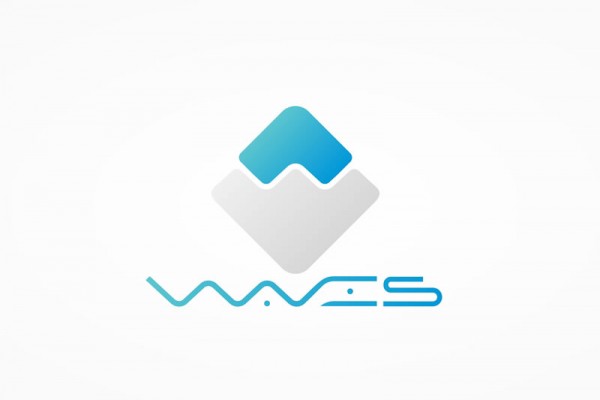
W for Waves: Waves is an open blockchain platform designed for ease of use and mass adoption. Anyone can use Waves to launch, distribute and trade their own crypto token. The platform is fully decentralized and auditable.
Notable mentions: Whale, White Paper

X for Xrp: also known as Ripple. (Yeah, you should get used to seeing the cryptos being referred to with their other names). Ripple’s distributed financial technology enables banks to send real-time international payments across networks. Ripple purports to enable "secure, instant and nearly free global financial transactions of any size with no chargebacks." It supports tokens representing fiat currency, cryptocurrency, commodity or any other unit of value such as frequent flier miles or mobile minutes. At its core, Ripple is based around a shared, public database or ledger, which uses a consensus process that allows for payments, exchanges and remittance in a distributed process.
Notable mention: Xaurum (Crypto)
Y for Yunbao: One of the largest exchanges in China, it’s operated by a partnership between developers of the altcoin 'yuanbao' and exchange BTCTrade. Yuanbao.com also offers loans in Chinese yuan (CNY) to borrowers prepared to leave either bitcoin, litecoin or yuanbao (the coin) with the exchange as collateral.
Notable mentions: Yunbi, Yobit (Exchange), YoCoin
Z for ZCash: Zcash is a cryptocurrency that offers privacy and selective transparency of transactions. Zcash payments are published on a public blockchain, but the sender, recipient, and amount of a transaction may remain private. The Zcash trade symbol, ZEC, is not an official ISO 4217. Like Bitcoin, Zcash has a fixed total supply of 21 million units.
Credits: Coindesk, Wikipedia, CoinTelegraph, Bitcointalk, Bitcoinwiki, Jacobianforum, cryptorials, Investopedia, CryptoCompare, Coinmarketcap
If you enjoyed this post kindly Upvote, Resteem and Follow me @djaqua91 for more articles.
Interesting post. Good to see I'm not the only one who thinks like this. Be prepared for a fluctuating crypto market. We do need more indept investment analysis. Does anyone know about: https://www.coincheckup.com This site lets you check investment stats, And does a complete background analysis for every single coin. That's tradable on the market.
Great content